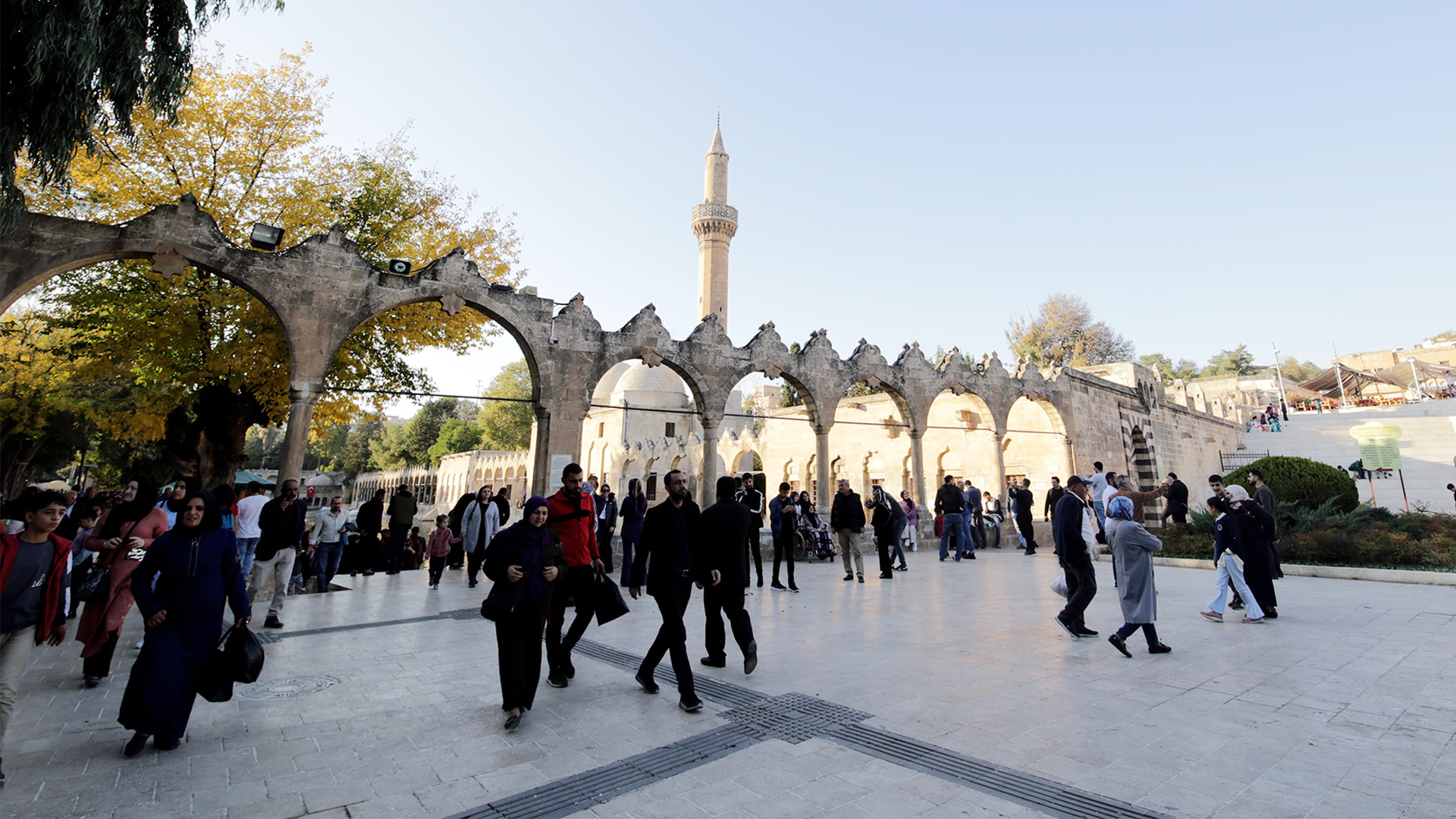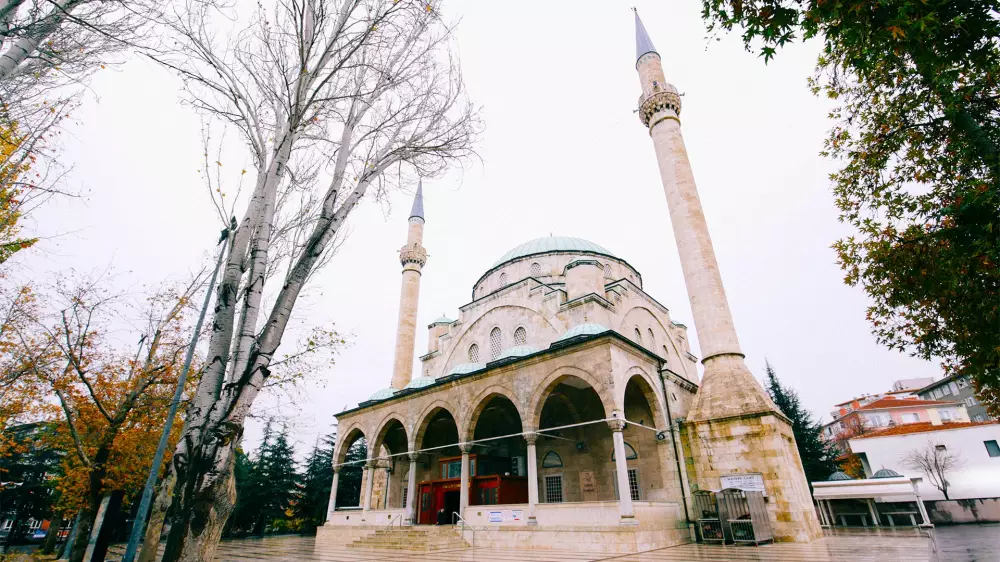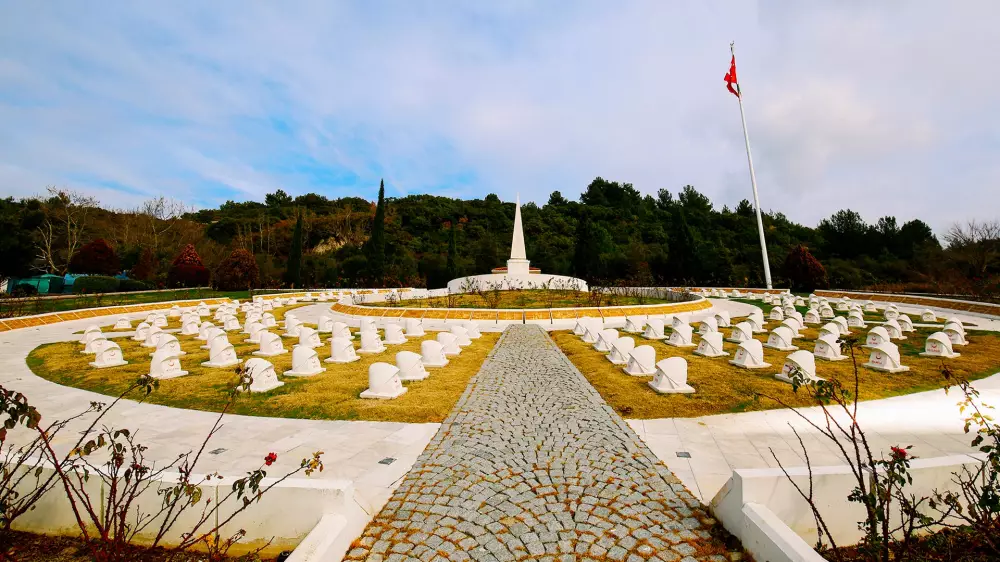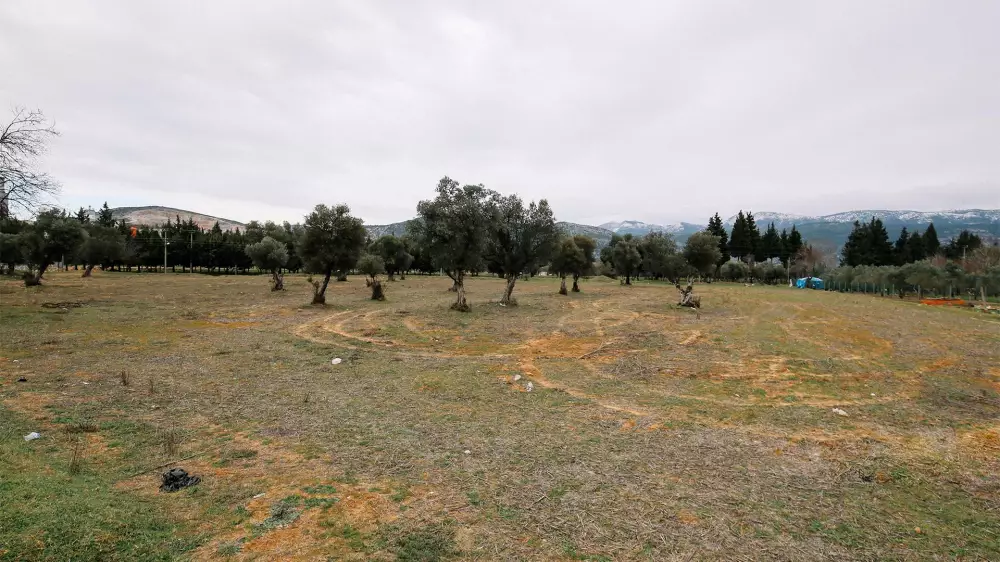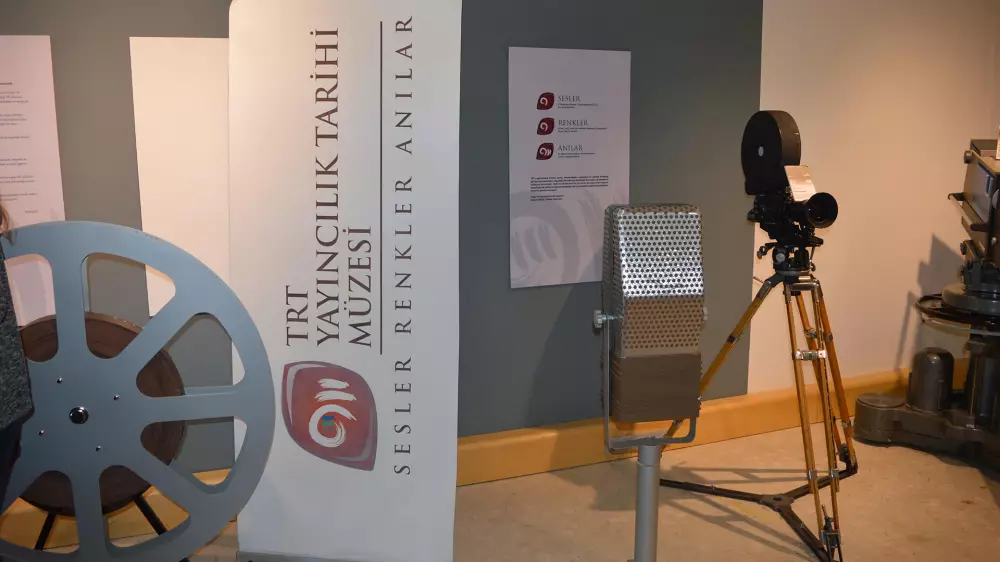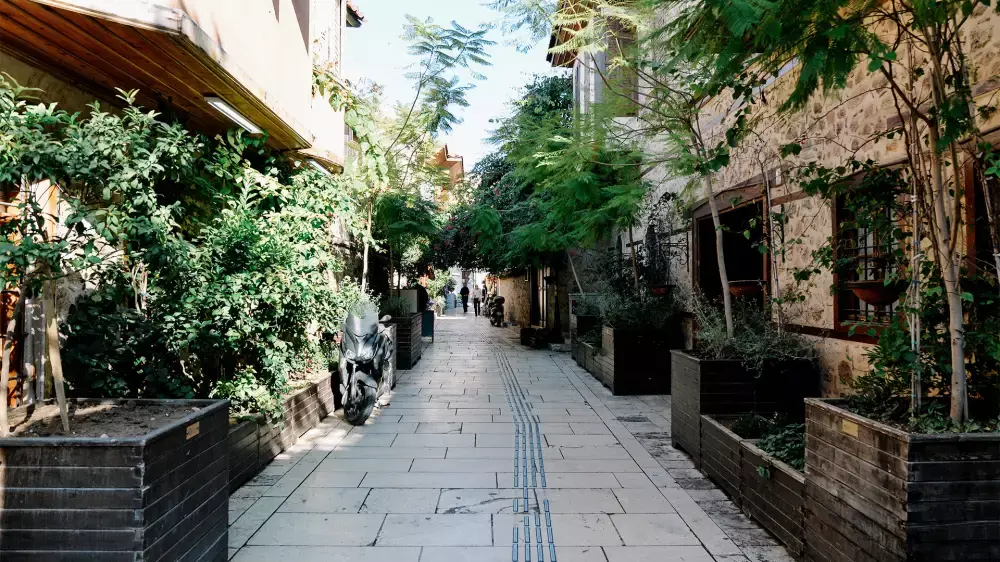
00:00
00:00
Antalya Ancient City Kaleiçi
06.01.2024 16:13
Kaleiçi is an urban center located in the Muratpaşa district of the city of Antalya.
Surrounded by sea and land walls, the region welcomes local and foreign visitors throughout the year. The narrow streets of Kaleici in particular offer important traces of the history of the city. This place is notable not only for its architectural and historical aspects, but also for its people's vital forms and traditions. Kaleiçi has managed to be one of the most important gates through which Anatolian lands have been opened to the sea throughout history.
It is presumed that there was a pirate port in the area before the ancient city of Attleis was yet to be established. The ancient city of Attleis developed just behind the harbour. The ancient city, which has been living since the 2nd century BC, is the second largest city in the world. It is created by Attalos. The region, seen as the center of the diocese after it came under Byzantine control, gained a serious outlet after the Turks. Today's city is built on the ancient city, so it is not easy to reach the ruins of that period.
Hadrian's Gate is considered as the most special place to be seen in Kaleiçi. This place has recently undergone extensive restoration. Of course, even if there are many temples, agoras and theatres in the ancient city of Attleis, it is impossible to accurately identify the areas in which they are located. The city walls in the Kaleiçi offer important details about the Byzantine, Seljuk and Ottoman periods. There are around three thousand tile-roofed houses in total within the walls.
The ancient city is protected by two veteran walls that resemble a horseshoe. One of the walls faces the seashore. The other direction is directly towards the land side. On the outer wall sections you may encounter one tower on average every 50 steps. Today, Kaleici has been transformed into a major tourist attraction with modern hotels, restaurants and bars. The foundations of these walls date back to the Hellenistic period.
Gallery
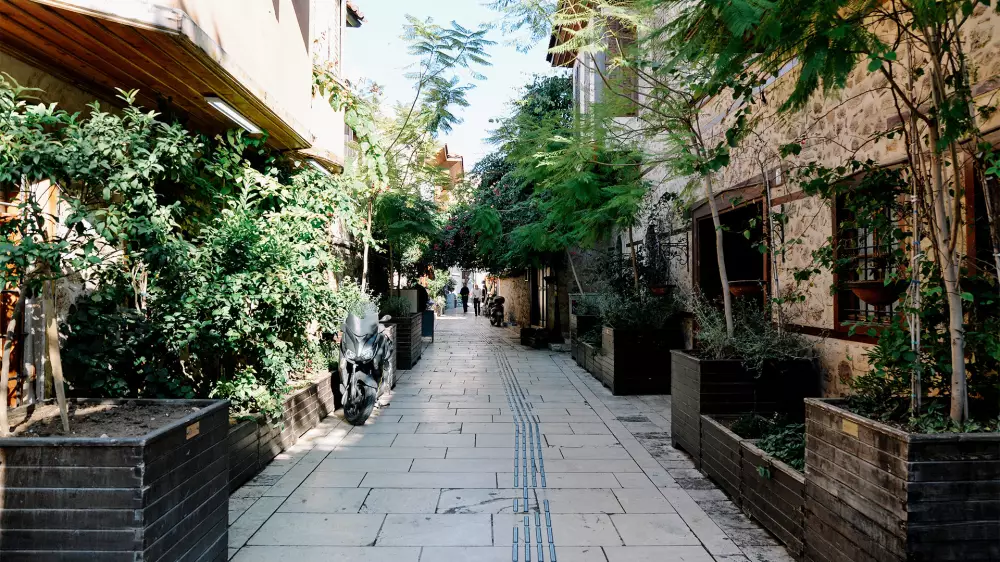
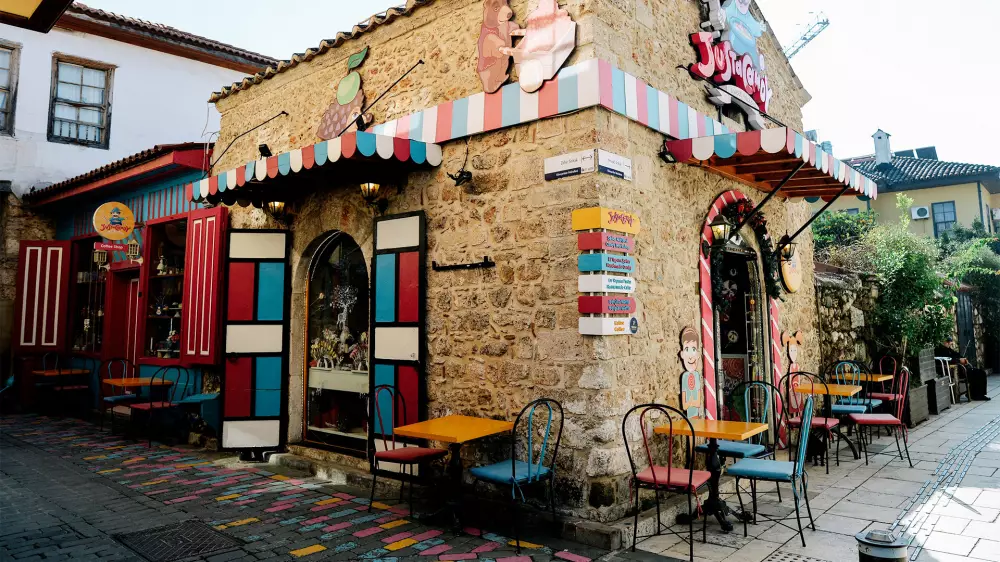
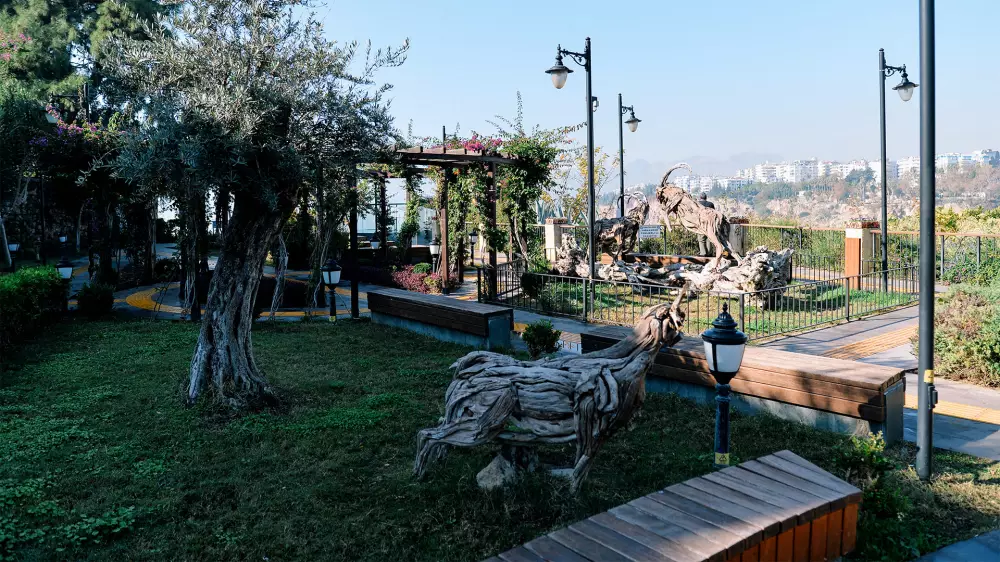
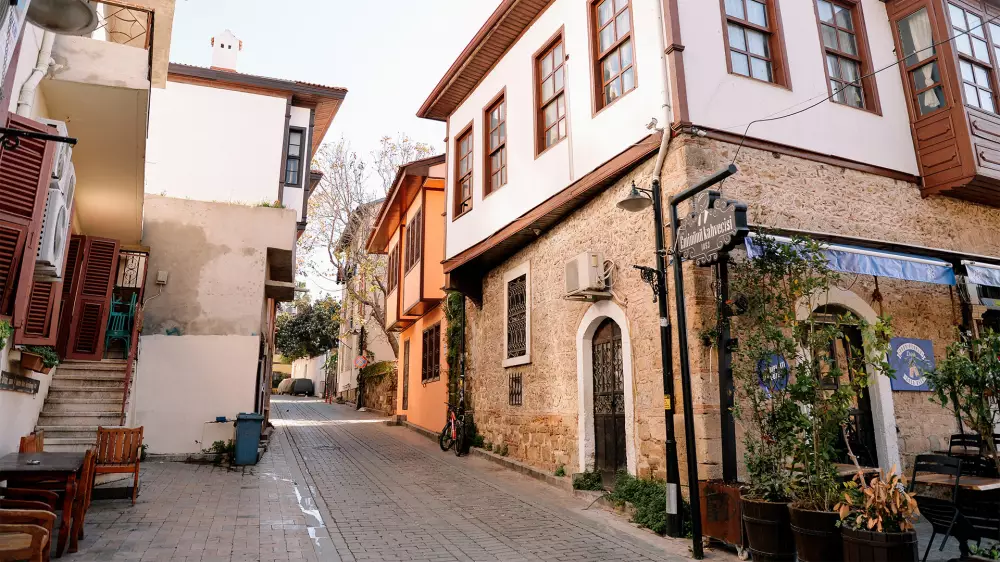
Location
Leave a Comment
